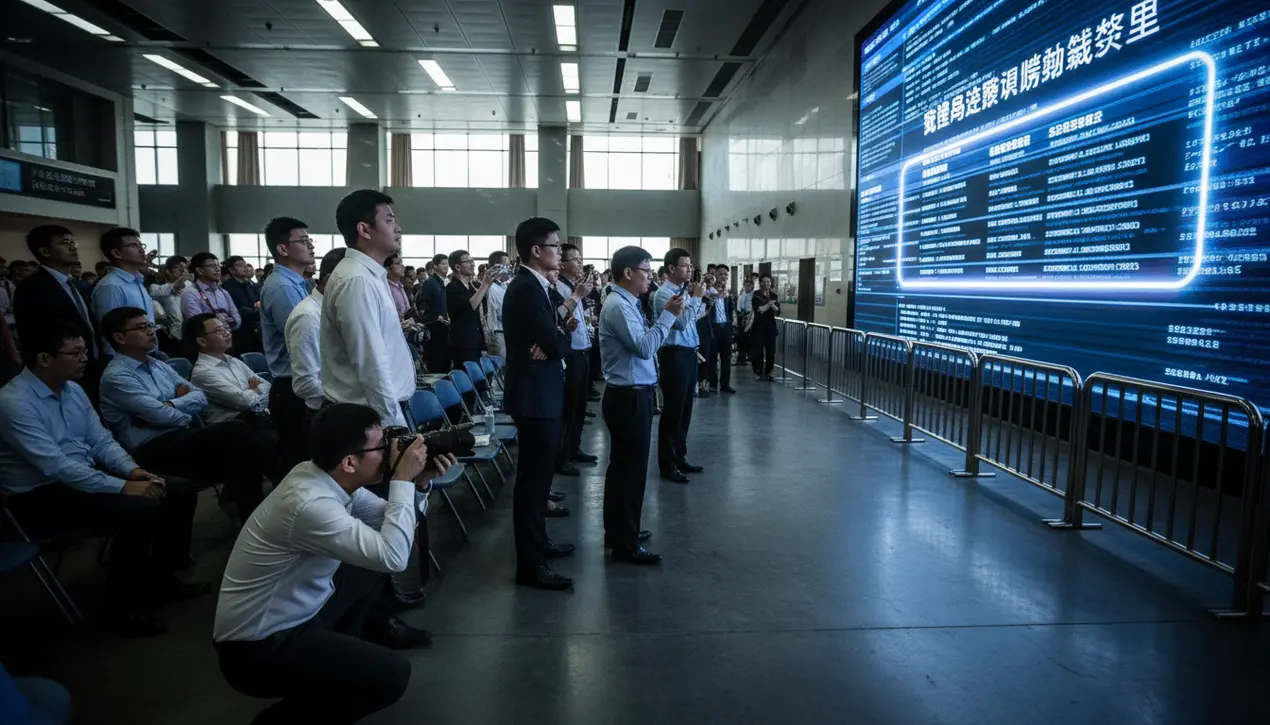
Othertransport & aviationInfrastructure Projects
Guangdong drivers apply for Hong Kong cross-border entry scheme.
JO
John Parker
1 hour ago7 min read
The race for direct road access into Hong Kong's urban core has ignited a fierce competition among mainland motorists, with Guangdong authorities reporting a staggering 2,388 drivers vying for just 1,700 coveted permits in the scheme's inaugural ballot. This initial oversubscription, confirmed this Sunday by the Traffic Management Authority of the Guangdong Provincial Public Security Department, signals a pent-up demand that far exceeds the available quota, setting the stage for a logistical and diplomatic experiment with profound implications for cross-border integration.For decades, the movement of private vehicles across the Hong Kong-Guangdong border has been heavily restricted, a legacy of the 'one country, two systems' framework that necessitated complex licensing, insurance, and logistical hurdles, effectively rendering the personal automobile an impractical tool for direct transit. This new scheme, therefore, represents a significant softening of a long-standing barrier, a pilot program watched closely by policymakers in Beijing and Hong Kong's Central district alike.The successful applicants, chosen by a computerized lottery system, are now poised to become pioneers in a new era of connectivity, but their journey is fraught with unspoken challenges. Analysts are keenly observing how Hong Kong's notoriously congested and compact urban infrastructure, from the narrow streets of Central to the bustling corridors of Causeway Bay, will absorb an influx of over a thousand new vehicles with mainland license plates.The potential for traffic snarls is immense, testing the city's traffic management systems to their limits and raising questions about parking availability and emissions in a metropolis already grappling with air quality concerns. Conversely, this initiative is a strategic economic lever, designed to facilitate smoother business travel and deepen commercial ties by allowing mainland executives and professionals to drive directly to meetings, bypassing the traditional transfer points at the border.This could provide a tangible boost to sectors like finance and trade, where face-to-face interaction remains paramount. However, the scheme also surfaces underlying social tensions; some Hong Kong residents view the influx of mainland-plated cars as a symbolic erosion of the city's unique character, while others welcome the economic infusion and convenience.The balloting process itself, while designed for fairness, will inevitably leave nearly 700 applicants disappointed in this first round, creating immediate pressure on authorities to expand the program's scope in subsequent phases. The eyes of the Pearl River Delta are now fixed on these 1,700 drivers, whose daily commutes will serve as a real-time case study on the future of cross-border mobility, regional integration, and the delicate balance between economic pragmatism and local identity in one of the world's most dynamic economic corridors.
#cross-border travel
#Hong Kong
#Guangdong
#driving scheme
#transport policy
#featured
Stay Informed. Act Smarter.
Get weekly highlights, major headlines, and expert insights — then put your knowledge to work in our live prediction markets.
Comments
Loading comments...
© 2025 Outpoll Service LTD. All rights reserved.